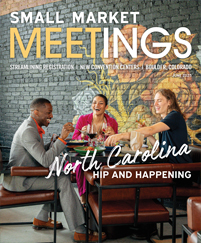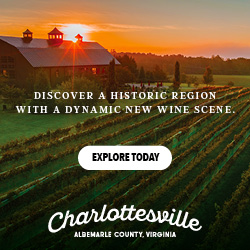
Courtesy Branson CVB
Sixty-seven years after the end of World War II, reunions of the war’s veterans are dwindling.
It’s a fact of life, a matter of life span. “The bulk of World War II veterans have passed,” said Jack Giblin, chief of research and education services at the U.S. Army Heritage and Education Center in Carlisle, Pa.
As small cities continue to welcome the few remaining WWII veterans, they are building reunion business rooted in other wars and conflicts. Like the wars themselves, each group of veterans requires a different strategy.
Every war a different battle
In terms of its magnitude and support from the home front, World War II was unlike any war since. In addition, the way the military was then organized — in large units that stayed together throughout the war — created camaraderie.
“They [service men] spent years at a time together, training for two to three years and in the field two to three years at each other’s sides,” said Quentin Roberts, director of sales for the Queen Mary, which served as a transport ship during World War II and is now a floating hotel and tourist attraction in Long Beach, Calif.
Part of the challenge in attracting reunions of post-World War II veterans is logistical, said Giblin. “The market has changed because the way soldiers were organized in later generations has changed.” For example, during the Vietnam War, “most of the combat was in small tactical units,” said Giblin. “They were organized by small units and not by divisions.”
As a result, Vietnam veterans reunions tend to be in the 45- to 100-person range compared to World War II reunions, which, in their heyday, could have had 1,000 or more in attendance.
Finding the soldiers and sailors
Among the challenges facing cities that seek military reunion business is locating former service men and women.
In terms of sailors, Roberts said, “it has to be the individual that reaches out to the ship. There is no way to keep track of a database of these people once they leave the ship, get married, move.”
The largest single group of modern-day veterans — service men and women of the Cold War era (1956-81) have no overarching organization, said Giblin.
“They are not organized in any way for reunions,” he said. “They have not gotten into the reunion thing.”
Three major national Vietnam veterans organizations are a logical starting point for those reunions.
Nancie Keenan, general manager and marketing director of Groton Inn and Suites in Groton, Conn., said that the controversial nature of the Vietnam War makes it important to reach out to those veterans in a different way. “For many years, they did not wish to talk about that war,” said Keenan. “They also lost so many [fellow soldiers] during that war that the group you started off with or were assigned to often was totally gone or 80 percent gone, and then you were sent to another group.”












